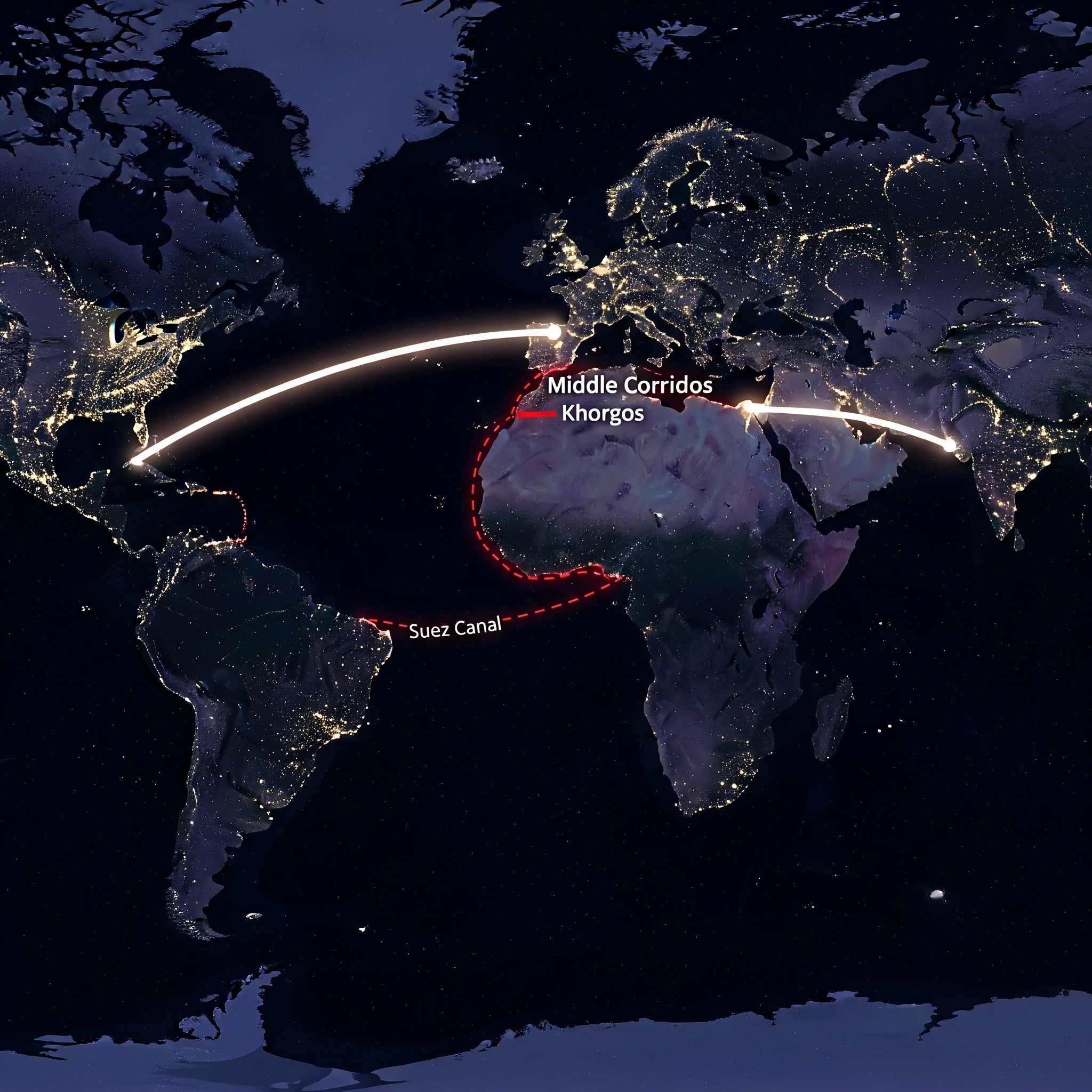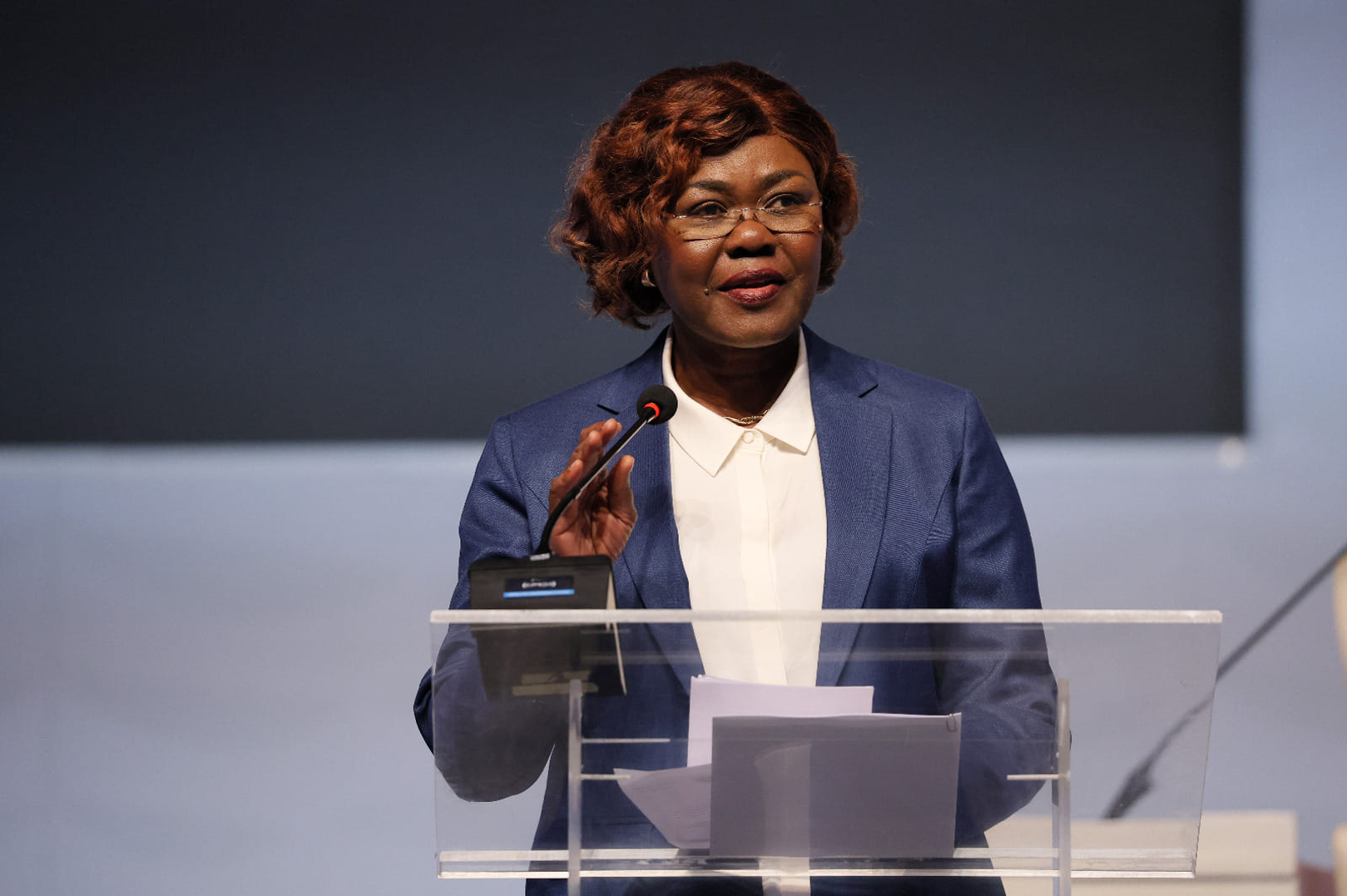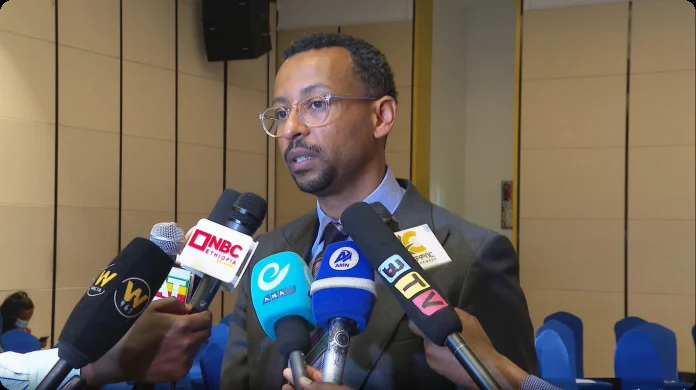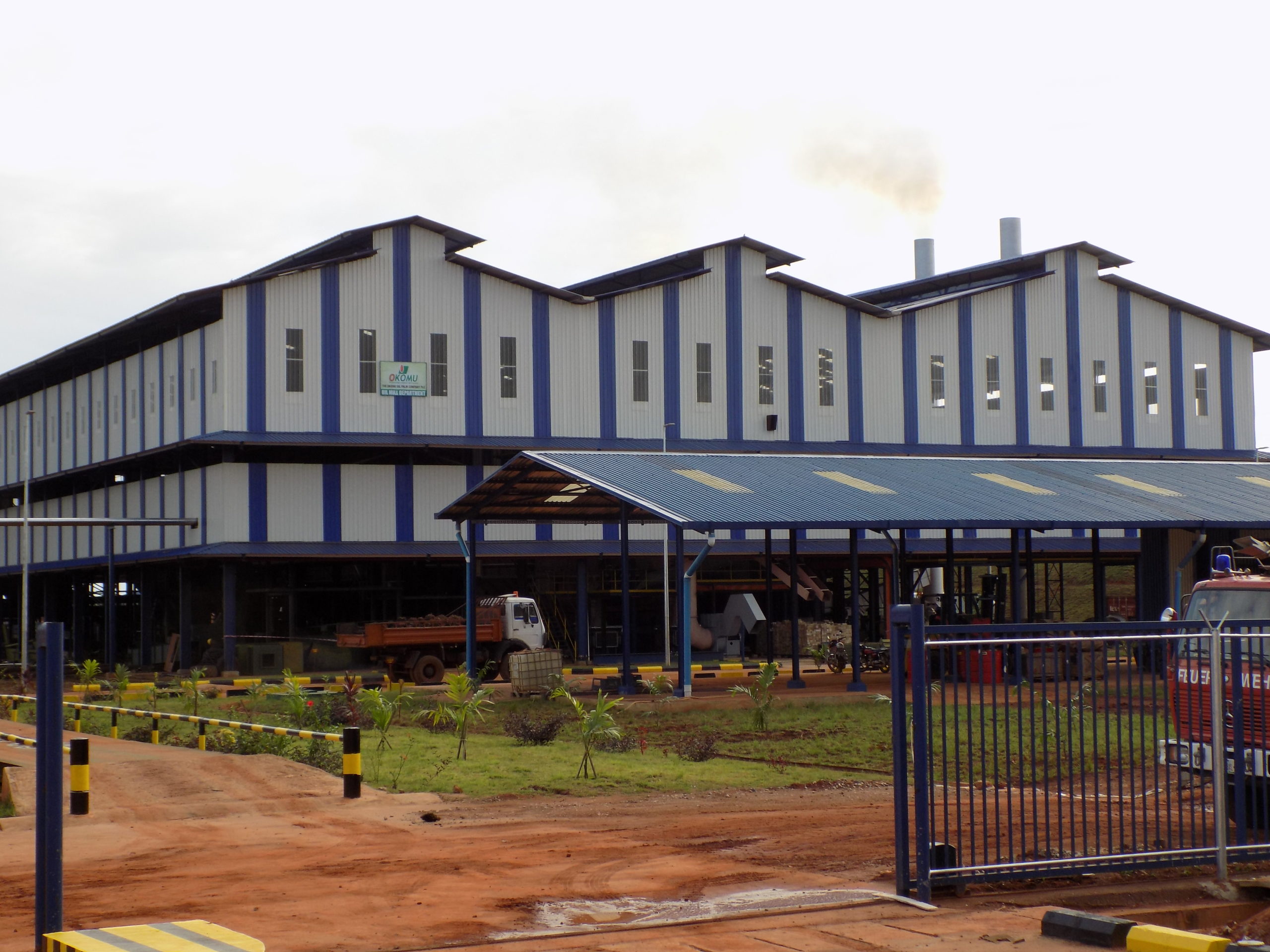Tariffs, Trains, and Transitions: The New Auto Geography from Xinjiang to Africa
By Jun 13, 2025, 56k cars via Khorgos (+21.6% y/y). Suez revenue $10.25bn→$4.0bn (2023→2024). EU EV duties 17–35% squeeze margins. Middle Corridor cargo +63% (2024). Africa’s pivot: ROO + local assembly or remain import-only.

China Daily’s Khorgos story reads, at first, like a neat logistics vignette: drivers ferry newly built Chinese vehicles across a thin border seam into Kazakhstan, handing them to onward crews. Look closer and you see a live rerouting of global goods—especially EVs and hybrids—when sea lanes wobble, tariffs bite, and the smallest administrative frictions decide who actually clears volume. The article itself pegs the scale: by June 13, 2025, 56,000 China-made vehicles had exited via this “ferryman” model, +21.6% y/y; a sister piece says >100,000 vehicles had moved through by Sept 8. Those are not anecdotes; they’re throughput.
Why does this matter for markets? Because reliability has become a priced feature. Since late-2023, Red Sea risk has pushed carriers to detour around Africa, cratering Suez activity and smashing Egypt’s canal income from $10.25bn (2023) to $3.99bn (2024), with officials flagging ~$800m in monthly losses at points in 2025—a collapse that taught shippers to pay for variance, not just average rates. That new calculus favors Eurasian rail/road “hedges,” and the Middle Corridor responded: Kazakhstan reports ~63% growth in Jan–Jul 2024 cargo to ~2.5–2.56Mt, proof that a map line turned into a working artery under stress.
Tariffs then amplify the routing shift. The EU’s definitive countervailing duties on Chinese BEVs, in force from Oct 30, 2024, lifted effective rates well above the base 10% tariff; sample rates cited publicly land at ~17% for BYD (1211.HK, BYDDF), ~18.8% for Geely (0175.HK), and ~35.3% for SAIC (600104.SS), with other cooperating firms in a band and non-cooperators higher. If you’re an exporter, that’s a nudge to diversify demand and, where feasible, localize. If you’re an investor, it changes margin math across Chinese pure-plays like NIO (NIO), XPeng (XPEV), Li Auto (LI), and battery champions CATL (300750.SZ) and Gotion High-Tech (002074.SZ)—and it reshapes European incumbents’ pricing umbrellas (Volkswagen VOW3.DE; Stellantis STLA; Renault RNO.PA; Mercedes-Benz MBG.DE; BMW BMW.DE).
What actually makes Khorgos hum is not a megaproject but choreography: visa waivers, digitized checks, predictable inspection windows, and tightly scheduled handoffs—paperwork turned into process. That’s why a “human-scale” fix—drivers swapping custody a few kilometers apart—can outperform capital-heavy carriers at a border seam. It’s also why the model is portable. Replicate the administrative layer and you can compress dwell time at Caucasus crossings, Eastern Europe seams, or selective African borders without laying a kilometer of new track. The upshot for logistics names—from AP Møller-Maersk (MAERSK-B.CO) and Hapag-Lloyd (HLAG.DE) on the ocean side to regional rail/port operators—is that small policy levers can swing real volumes.
For Africa, the Khorgos signal meets a deeper industrial pivot. The question is whether the continent remains a terminal market for fully built imports, or converts overflow into local anchors: cells, packs, motors, harnesses, dashboards, and final assembly. The northern and southern “bookends” are already visible. In Morocco, a sequence of battery investments led by Gotion (002074.SZ) targets Kenitra with an initial $1.3bn phase ramping to 100 GWh (start ~20 GWh, production from Q3 2026)—a platform pointed at both Europe and intra-African demand and complementary to existing Renault (RNO.PA) and Stellantis (STLA) footprints. In South Africa, policy is catching up: the EV White Paper sets a long-range program, and Treasury’s proposal to allow a 150% first-year deduction for qualifying EV/H2V capex from 2026 sweetens localization economics for OEMs and tier suppliers. These are tangible carrots for component lines that can scale.
Everything then hinges on AfCFTA rules of origin and standards. Clear, time-bound content thresholds and cumulation rules make it rational to assemble locally today and deepen content tomorrow; ambiguity makes it cheaper to import forever. Harmonized charging and safety standards will decide whether cross-border sales are paperwork or plug-and-play. Layer in customs modernization—single-window processing, AEO schemes, bonded logistics zones—at Tanger-Med, Durban/Ngqura, Lagos, Abidjan, Tema, Mombasa, and Dar es Salaam, and ports shift from turntables for imports to feeders of regional supplier networks. Public procurement can anchor early volumes: municipal e-bus tenders and government fleets with local-assembly conditions create the bankable offtake lenders require.
For portfolios, the watchlist is practical. Corridor KPIs—border dwell times, wagon availability, and Caspian lift—tell you whether reliability premia justify overland capacity; policy cadence—EU duty resets, carbon adjustments, AfCFTA ROO milestones, and national EV incentives—moves relative returns between import arbitrage and localization. Grid and permitting determine whether component and pack lines can run on competitive power—critical for cell/pack economics. Demand composition—used-car age limits, EV VAT/excise, charging rollout, and city bus tenders—will shape adoption curves more than advertising. Early tells are mundane but material: harness and dashboard contracts awarded; accreditation of testing centers; SMEs graduating PPAP/APQP programs; and OEM guidance about African CKD/SKD pipeline mix on earnings calls (scan RNO.PA, STLA, VOW3.DE, MBG.DE, BMW.DE, 1211.HK, 0175.HK for forward signals).
Risks are real and hedgeable. Tariff and geopolitical whiplash can reroute flows overnight; multi-market optionality plus AfCFTA-compliant localization keeps margin onshore. Grid constraints can erase cost advantages; ring-fenced renewable power and storage inside industrial parks, with priority dispatch for export lines, restores competitiveness. Policy reversals chill capex; transparent incentives with grandfathering protect sunk costs. FX and financing pinch the middle of the value chain; development-finance instruments and local-currency facilities crowd in suppliers banks might otherwise price out.
Seen through this lens, Khorgos is less about Kazakhstan than about re-optimization under uncertainty. When seas are unreliable and tariffs gnaw at parity, exporters buy reliability with overland corridors and bring production closer to demand where rules allow. Africa’s decision point is straightforward: remain a price-taker in fully built imports, or use AfCFTA, standards, and targeted incentives to pin pieces of the EV supply chain to the continent. Get the rules right, modernize the gateways, reserve green power for energy-intensive stages, and use public demand to start the flywheel—and the prize isn’t just cheaper cars; it’s a durable manufacturing spine that compounds into jobs, exports, and technological capability.





